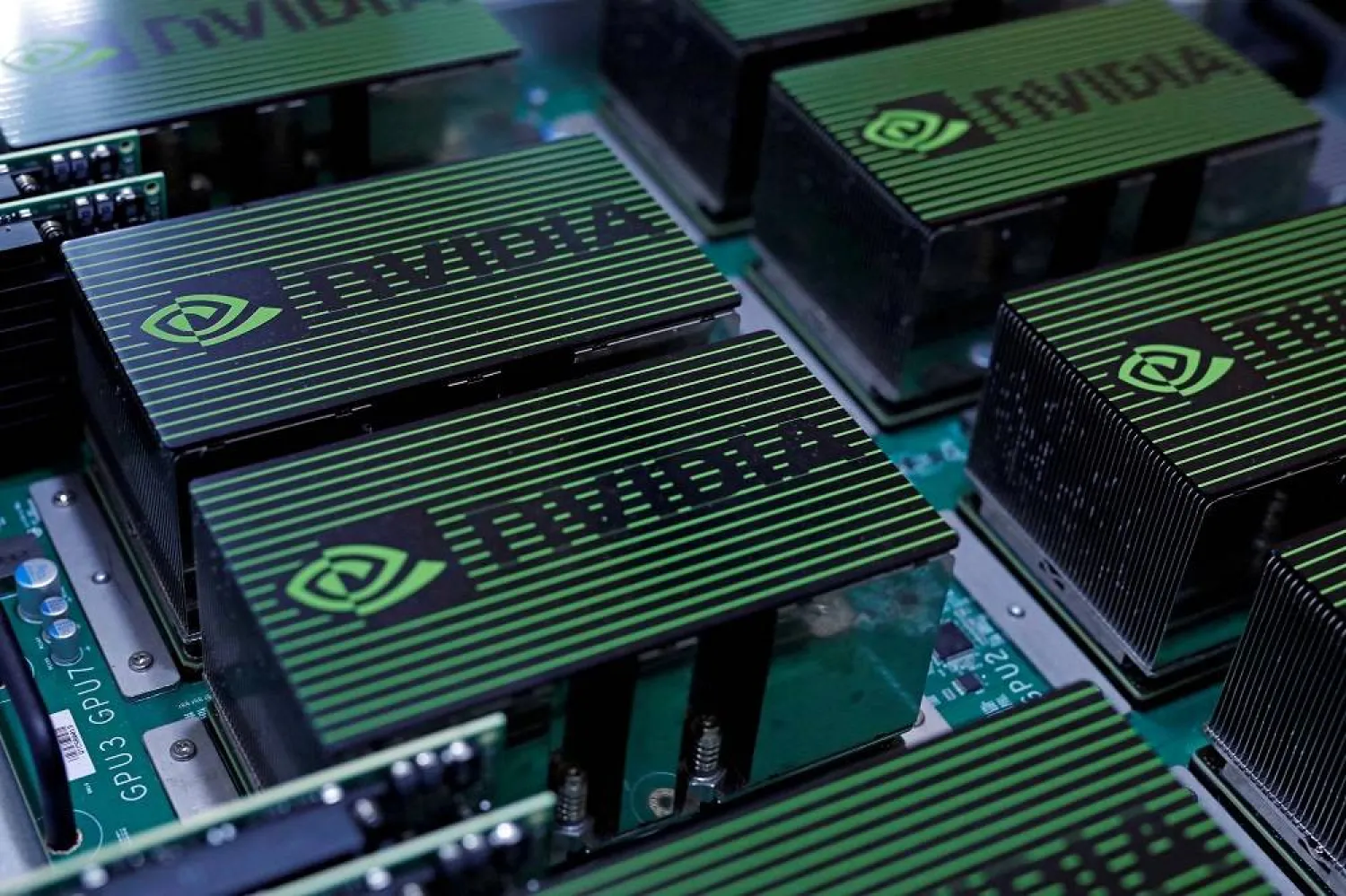Microsoft's (MSFT.O), suite of productivity software was down for more than 16,000 users on Thursday, according to outage tracking website Downdetector.com.
This comes nearly two months after a faulty software update from cybersecurity services provider CrowdStrike (CRWD.O), affected nearly 8.5 million Windows devices, crippling operations across industries ranging from airlines and banks to healthcare, according to Reuters.
"We're investigating an issue where users may be unable to access multiple Microsoft 365 services," the Windows parent said in a post on X.
Microsoft did not immediately respond to queries on the nature and cause of the outage and when it expects a recovery, but its Azure cloud platform said on X it was probing customer reports of a potential issue connecting Microsoft's services from AT&T (T.N), networks.
The telecom operator did not immediately respond to a request for comment.
After the incident reports peaked at around 23,000 for Microsoft 365, there were signs of the issues ebbing. Some users on social media said Microsoft's services were up and running.
About 4,000 users reported issues with AT&T services and more than 16,500 said they had trouble accessing Microsoft's 365 products, as of 9:12 A.M. ET, according to Downdetector, which tracks outages by collating status reports from a number of sources, including user-submitted errors on its platform.







